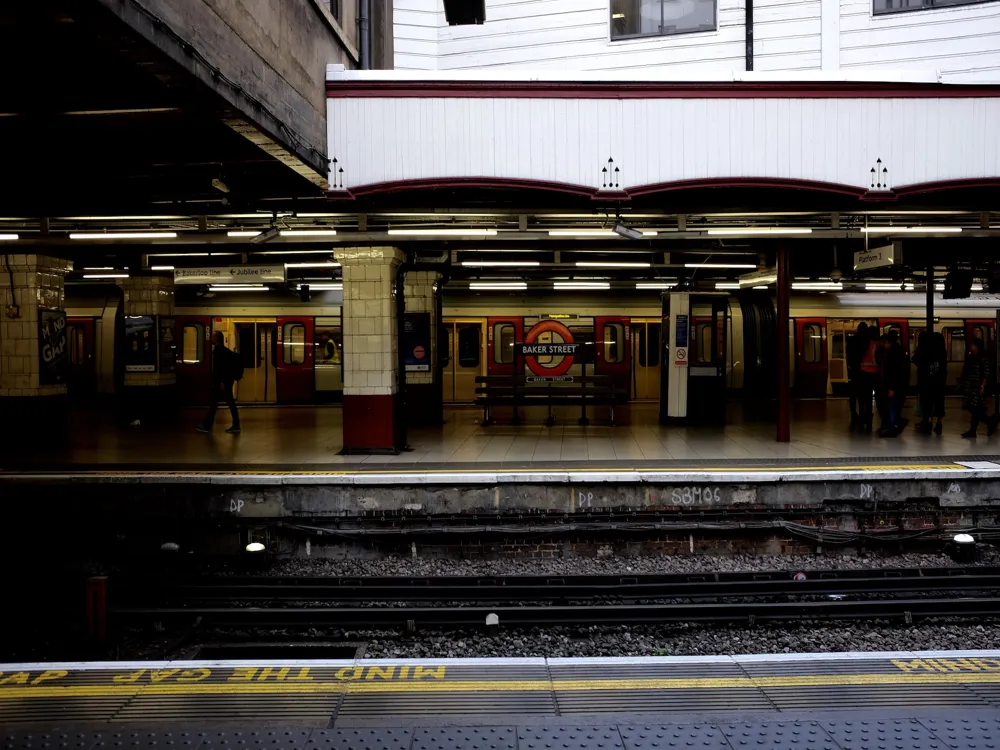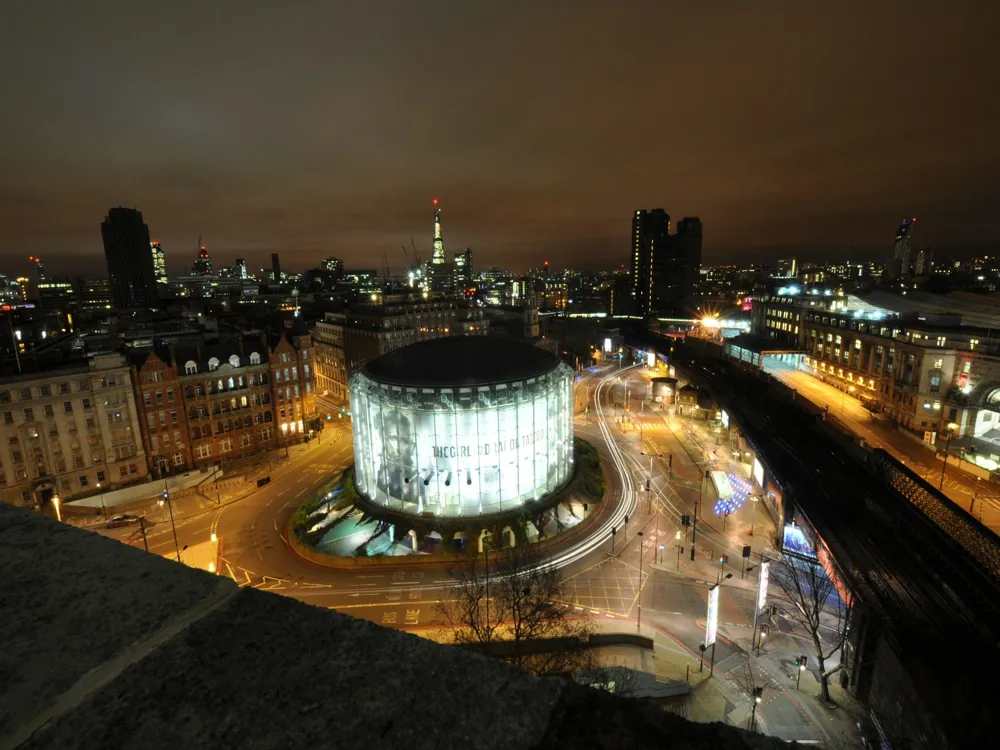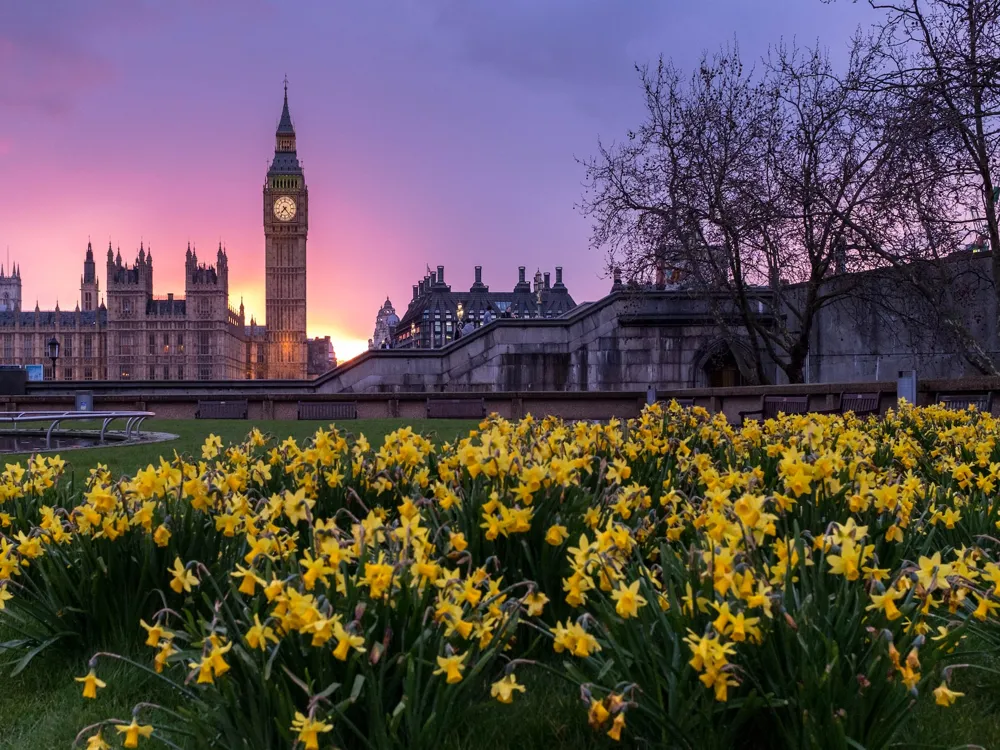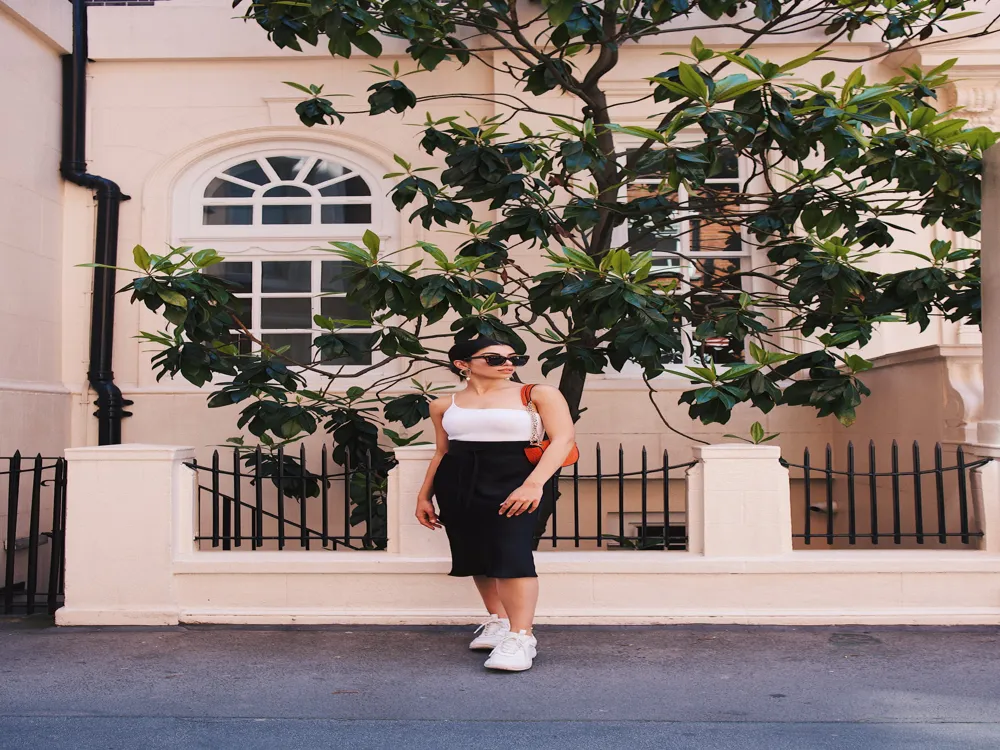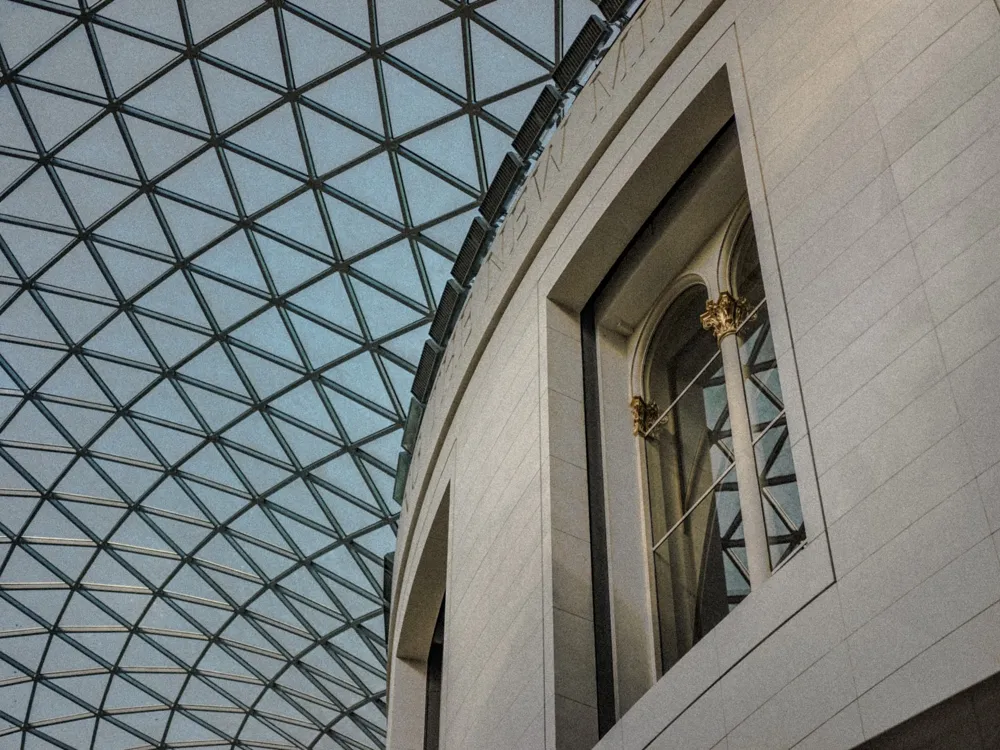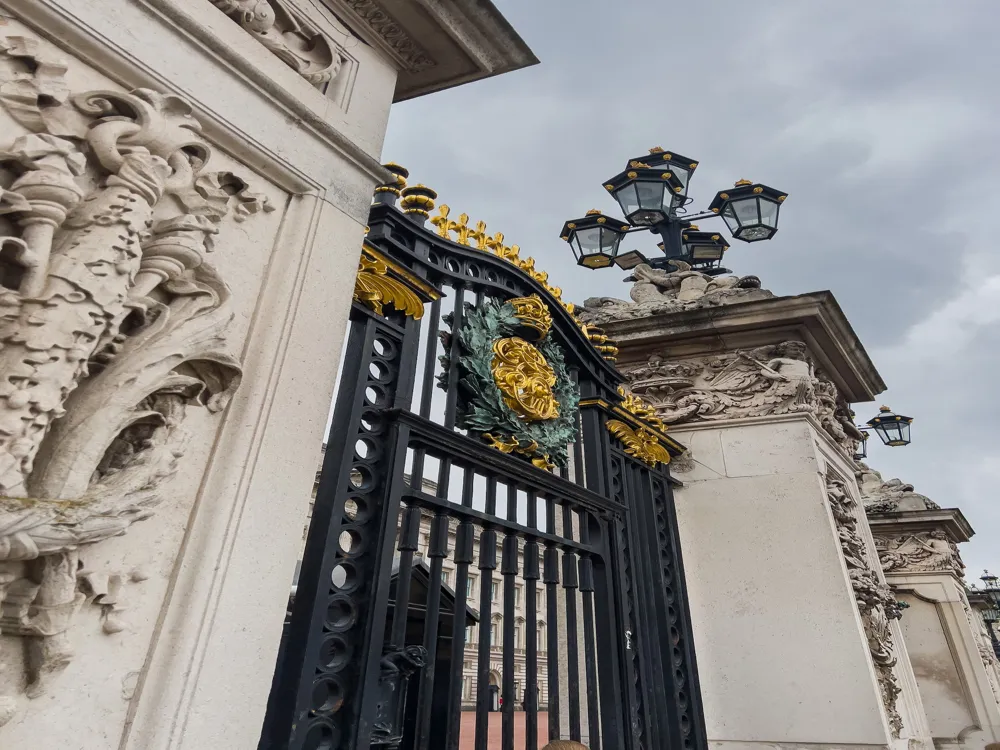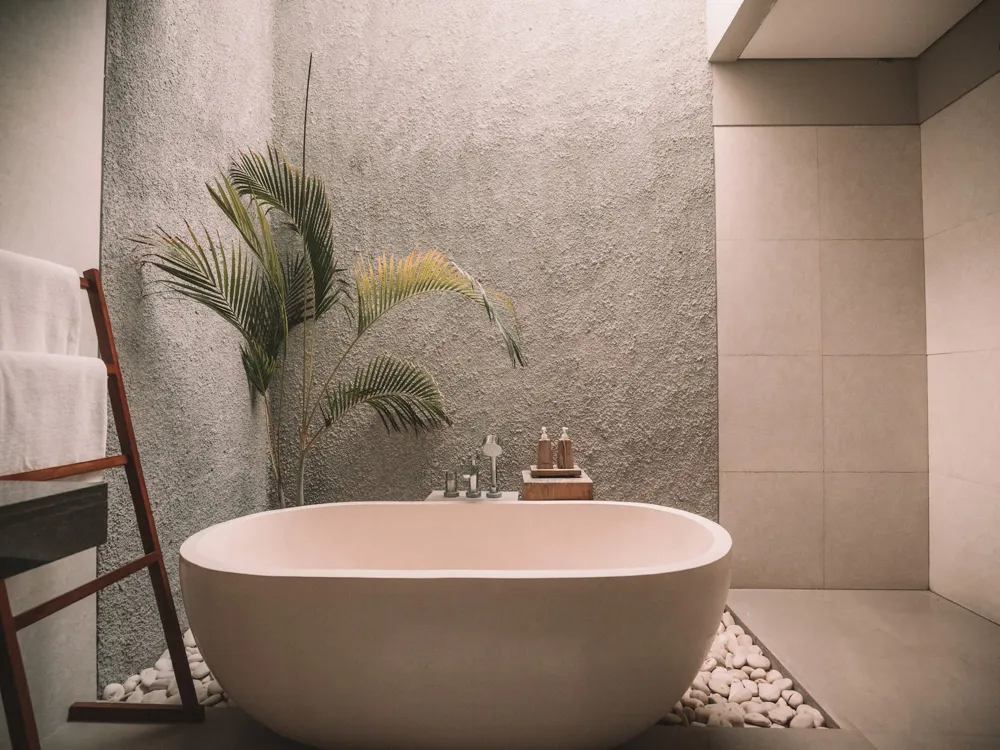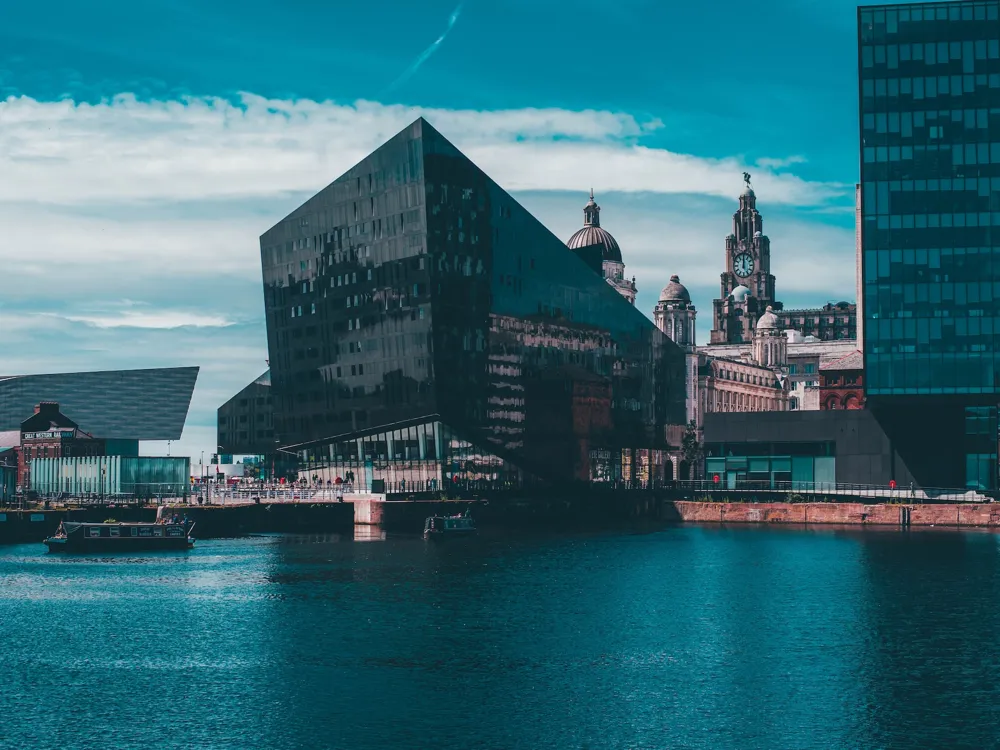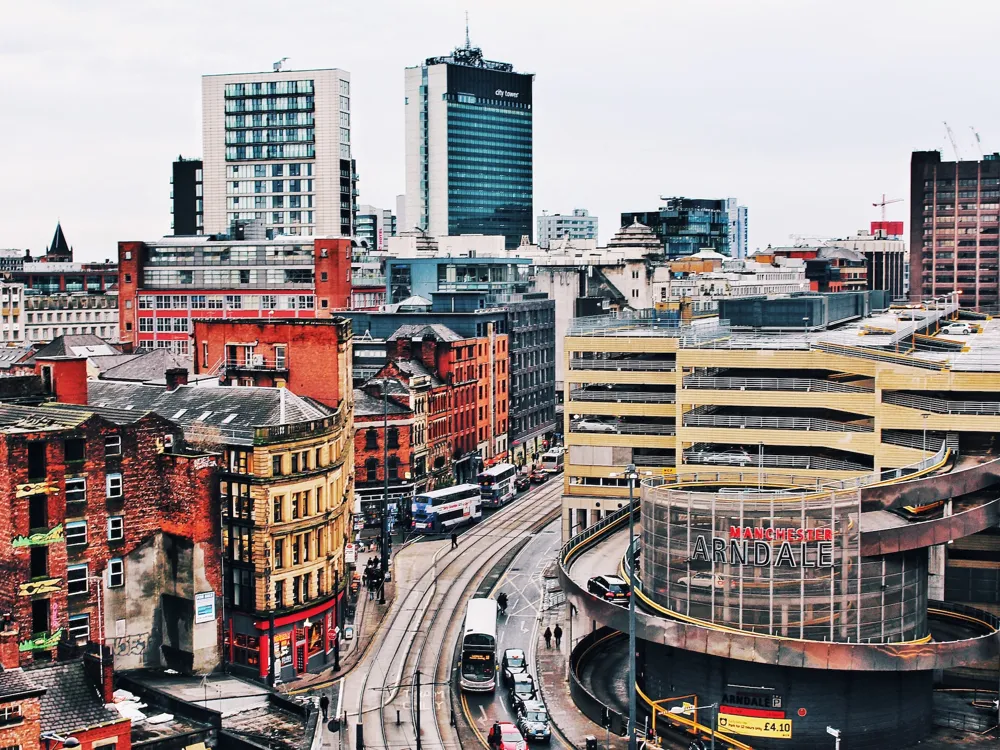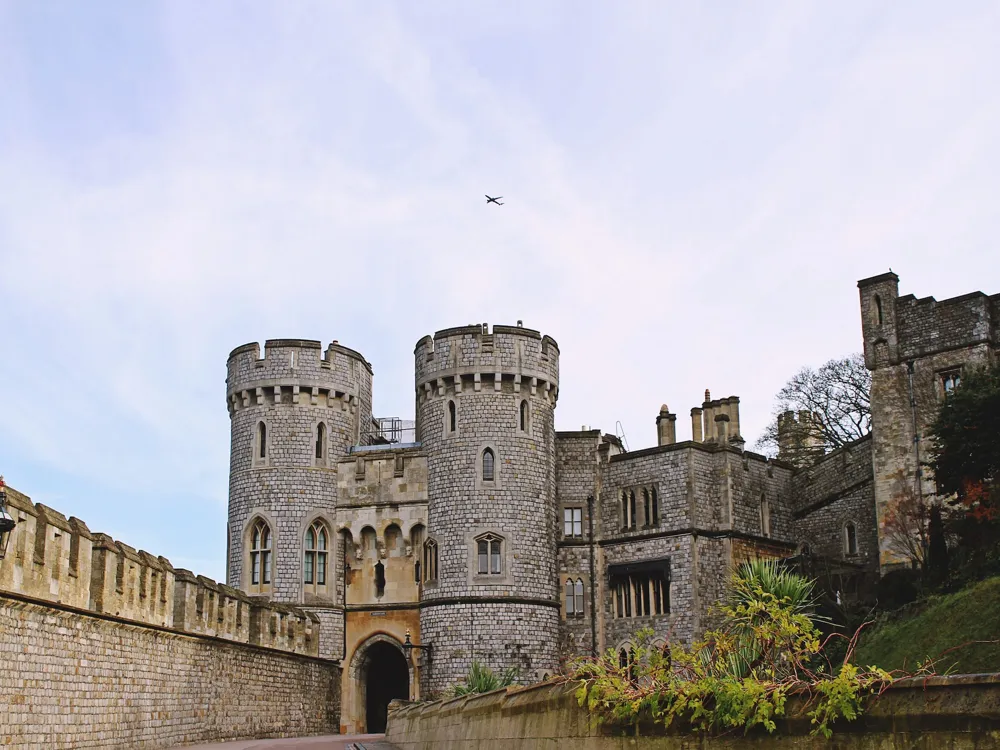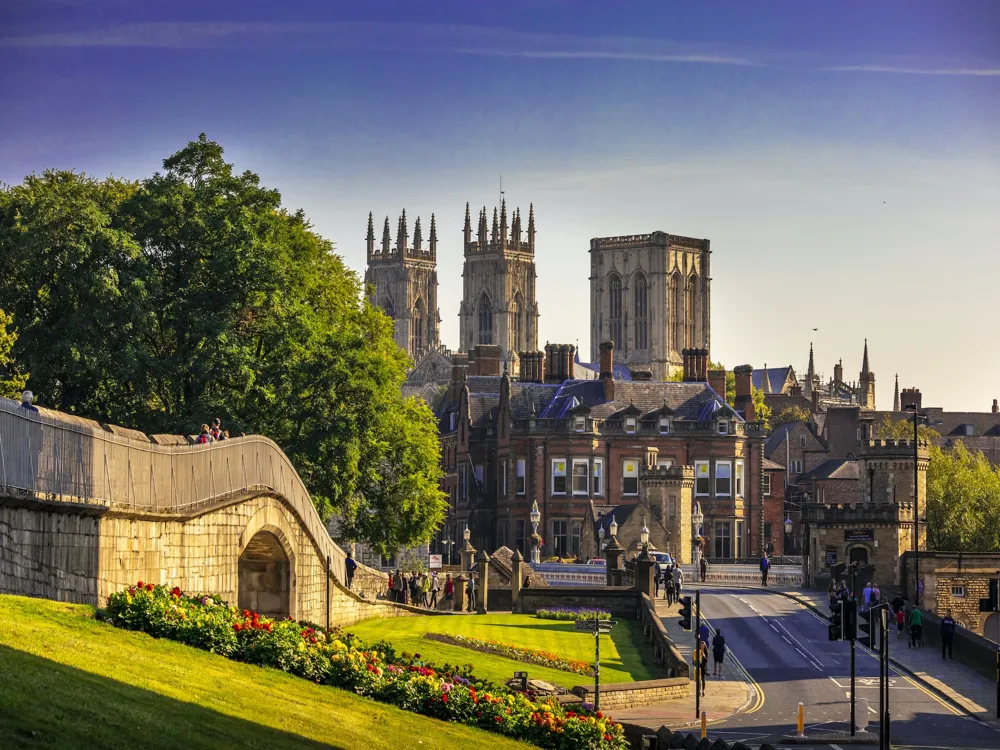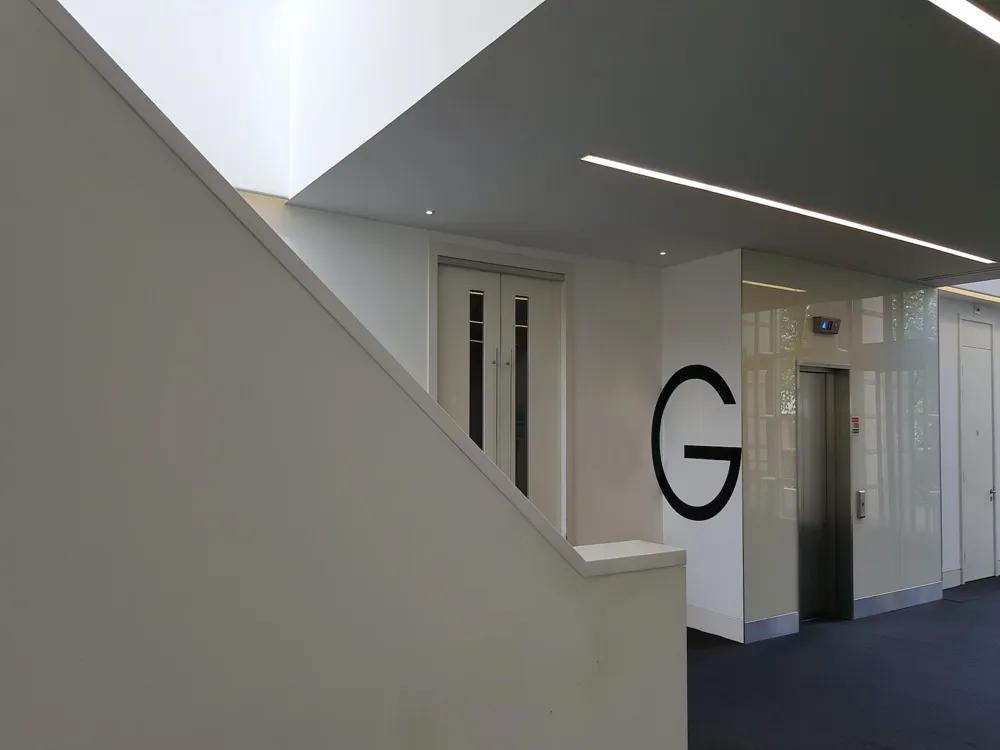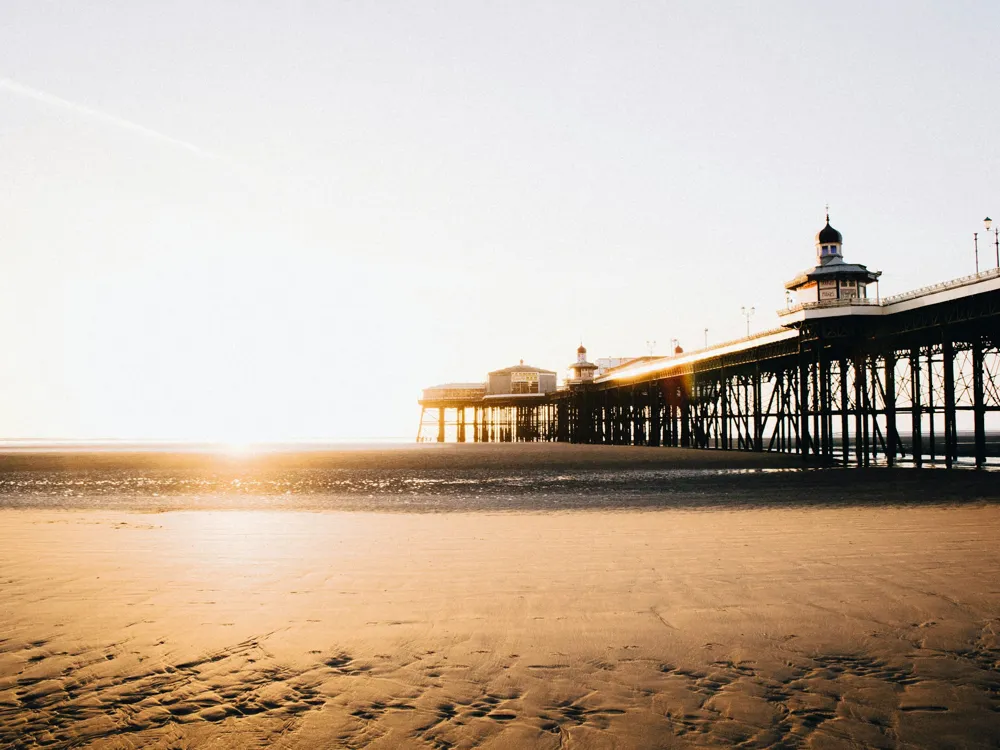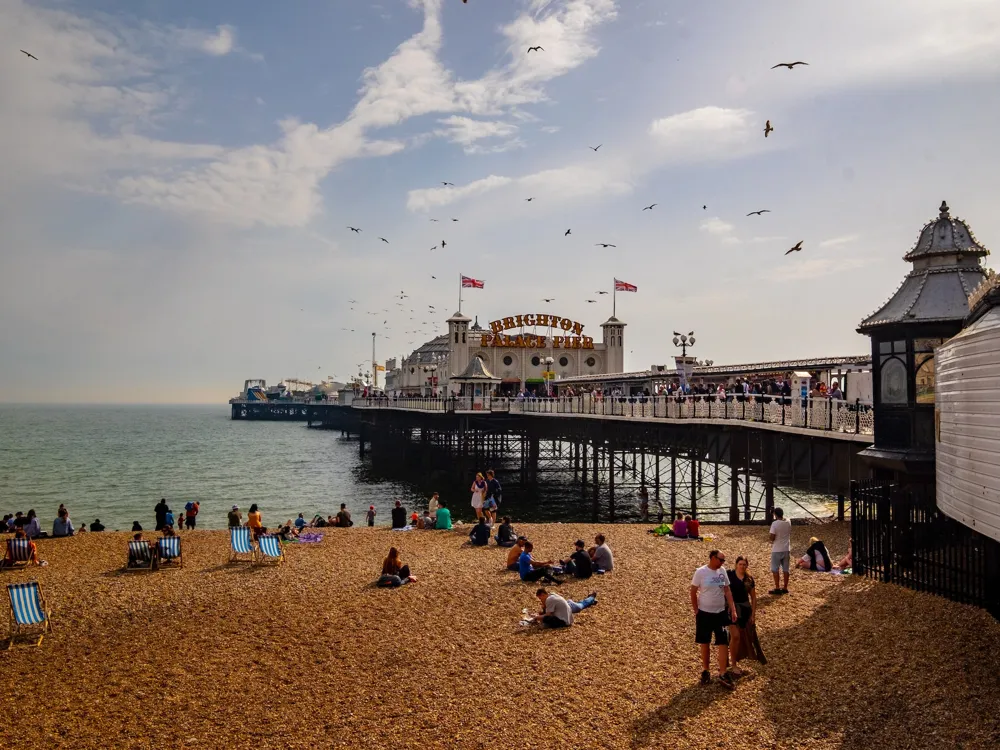Hyde Park, one of London's eight Royal Parks, covers 350 acres and is a landmark of the city. Known for its lush greenery, the park boasts over 4,000 trees, a large lake, and meadows. It offers various recreational activities including swimming, boating, cycling, and skating. The park also features several memorials and two large water bodies, the Serpentine and the Long Water. The architecture in Hyde Park is a blend of natural beauty and historical structures. Key architectural attractions include the Serpentine Bridge, the Joy of Life fountain, and the famous Achilles Statue. The park is also home to the Serpentine Galleries, showcasing modern and contemporary art. Architectural diversity is evident in the design of its walkways, buildings, and monuments, reflecting London's rich history. - Dress according to the weather, as the park is largely open-air. - Consider bringing a picnic, as there are many scenic spots for dining. - Keep the park clean; use the litter bins provided. - Stay on designated paths, especially when cycling or skating. - Keep an eye on personal belongings; be aware of your surroundings. - Rent a pedal boat on the Serpentine Lake for a relaxing experience. - Check out the Speaker’s Corner on Sundays for lively discussions and debates. Hyde Park is accessible by various modes of transport. The nearest Underground stations are Marble Arch, Hyde Park Corner, Lancaster Gate, and Knightsbridge. Several bus routes also service the area. For those driving, there is limited paid parking available. Biking is a popular option, with several cycle paths leading to the park. Read More:Overview of Hyde Park in London
Architecture of Hyde Park
Tips When Visiting Hyde Park
General Tips
Safety Tips
Activity Tips
How To Reach Hyde Park
Hyde Park
London
₹ 22,500 onwards
View london Packages
London Travel Packages
View All Packages For London
Top Hotel Collections for London

Private Pool

Luxury Hotels

5-Star Hotels

Pet Friendly
Top Hotels Near London
Other Top Ranking Places In London
View All Places To Visit In london
View london Packages
London Travel Packages
View All Packages For London
Top Hotel Collections for London

Private Pool

Luxury Hotels

5-Star Hotels

Pet Friendly












